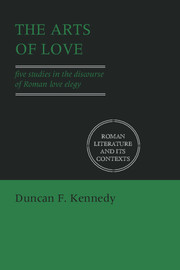1 - Representation and the rhetoric of reality
Published online by Cambridge University Press: 05 June 2012
Summary
The notion of representation plays a prominent role in aesthetic criticism. The relational sense of the term, that of ‘representing’, ‘standing for’, opens up a characteristic disjunction, expressed as between ‘art’ and ‘the world’, or ‘literature’ and ‘life’. Another characteristic distinction generated by the term is that between the ‘means’ and the ‘object’ of representation. The capacity of representational art to elide these disjunctions, indeed the projection of this on occasions as an ideal of such art, is remarked upon in the story of Pygmalion in Ovid's Metamorphoses: Pygmalion creates an ivory statue with such skill that he comes to think of it as a flesh-and-blood woman, ‘to such an extent does artistry lie hidden by means of its own artistry’ (ars adeo latet arte sua, 10.252). From the perspective of semiotics (the discourse of the sign, which also invokes representation as a foundational concept in its assertion that a sign ‘stands for’ something else), Roland Barthes has treated in detail of the means by which a text can draw attention away from itself as text so as to create the ‘reality effect’, the sense of direct contact with the real. Contrariwise, the distinction between means and object can lead to emphasis on the former (formalism), as the represented object recedes whilst the medium turns itself back on its own codes and conventions and engages in self-reflexive play.
- Type
- Chapter
- Information
- The Arts of LoveFive Studies in the Discourse of Roman Love Elegy, pp. 1 - 23Publisher: Cambridge University PressPrint publication year: 1992



